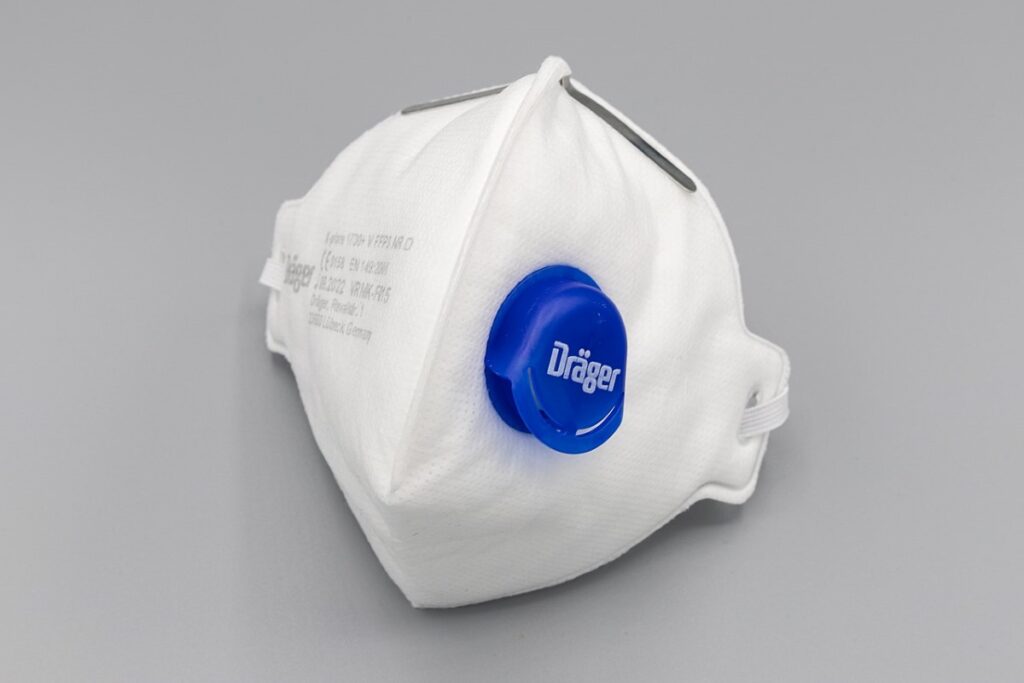Until the World Health Organization declared COVID-19 a global pandemic, very few people cared about the effectiveness of face masks. However, once the pandemic lockdown set in, several people followed a regimen they would have thought unimaginable a year back.

Source: Stocksnap.io
However, for fear of becoming a statistic of COVID-19 fatalities, several people took to activities they initially perceived as uncomfortable. Avoiding social gatherings, working remotely, going around with a pocket-size hand sanitizer, and using face masks became second nature during and after the lockdown.
1. Controversies and Conspiracy Theories That Came With the COVID-19 Pandemic
For some of the virus protection methods adopted during the lockdown, their efficacy was easy for everyone to understand. However, some could not evade conspiracy theories and public criticism from even well-read citizens. One such controversial community health intervention for COVID-19 prevention was wearing face masks.

Source: Ivan Radic/Flickr
One of the hottest topics at the time was the effectiveness of face masks. Has research proven this intervention is adequate for virus protection? Is it true that the government is using face masks to reduce the human population? Do attributes like mask types and materials used, filtration efficiency, and public compliance with wearing guidelines cause transmission reduction?
These are just a few of the many questions people ask when faced with public compliance with face mask use.
ALSO READ: 10 Effective Healthy Tips and Tricks for a Better You
2. What Do Experts Have to Say About the Effectiveness of Face Masks?
Most people have already forgotten about how COVID-19 grounded the entire planet to a halt. However, scientists refused to sweep all the questions about the effectiveness of face masks under the carpet. Instead, they made it a point to either prove or discredit some of the assertions about the item.

Source: Engin Akyurt/Pexels
Dr. Jon LaPook, a chief medical correspondent with CBS News, recently interviewed Professor Linsey Marr, an expert in aerosol science. Dr. Lapook wanted to hear about the efficacy of face masks from an authority figure on the matter. During the interview, Marr said of face masks, “They are very helpful in reducing the chances that the person will get COVID because it’s reducing the amount of virus that you would inhale from the air around you.”
3. Wearing Masks Does Not Translate to Zero Infection
However, Marr quickly mentioned that no mask offers 100% filtration efficiency. In muggle-speak, even the so-called high-quality masks can only do so much in COVID-19 prevention. For example, the N95 face mask is touted as one of the best mask types out there but only has a 95% efficiency in keeping out respiratory droplets.

Source: Candace McDaniel/Stocksnap.io
Nonetheless, Marr insists that some protection is better than none at all. For example, parents should be reasonable enough to make the pediatric safety of their kids a priority, even if it means using a cloth mask.
4. The Hoarse About Getting Infected
Another issue that Marr addressed borders on the potential of getting an infection from coming in contact with a contaminated mask. She explained that research does not back the idea that an individual’s health is at risk when they come in contact with a contaminated mask.

Source: FMT
In effect, the egghead’s submission infers that there is a marked transmission reduction when respiratory droplets pass through a face mask.
5. Marr’s Scientific Research Proves a Point
To buttress her assertion about the community health implication of contacting a contaminated mask, Marr cited a scientific study. In the study, Marr and her research team forced aerosolized coronavirus through a mask and examined it. They discovered surgical and N95 masks had no viral residues after a while.

Source: ILO/Flickr
Meanwhile, a cloth mask still retained some of the viral particles. Next, the team brought artificial skin in contact with the masks. The study found that there was no transfer of infectious virus from the masks to the skin.
ALSO READ: Why Vaccines Are Top Hacks for Better Health
6. The Bottomline of Face Mask Effectiveness
From the foregoing, it’s easy to declare that some of the widely touted face mask-wearing guidelines are exaggerated. Relevant but largely exaggerated.

Source: dronepicr/Wikimedia Commons
For example, you need not worry about pediatric safety if your child mistakenly comes in contact with a used and discarded mask. Nonetheless, this is no excuse to pick and reuse random masks discarded by other people.
